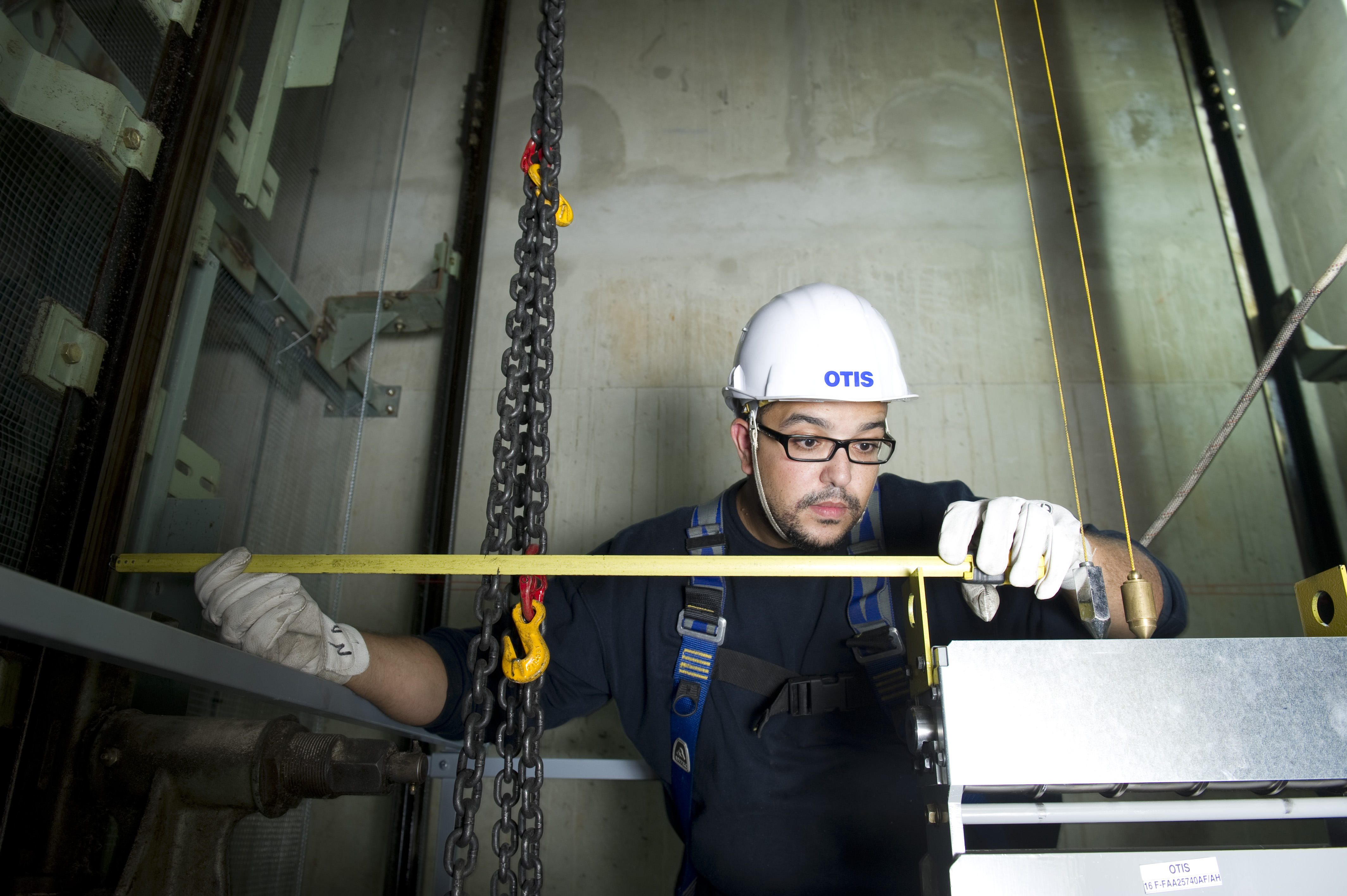The Importance of Planning For Your Lift Modernisation Project
Why is Lift Modernisation Important?
Similar to the cars we drive, lift parts wear out over time, with the rate of wear depending on usage and the environment. While a good preventative maintenance schedule and the undertaking of any necessary repairs helps to keep the lift running safely, it will eventually require modernising and replacing.
Lifts are also extremely important to the efficient transportation of people within a building. While they often go unnoticed when performing well, people certainly become aware of them when they are out of order.
Lift modernisation can also have many further benefits in addition to improving reliability. It can offer economic, environmental and social benefits, by reducing running costs, reducing energy usage and with improved accessibility, it allows for the vertical transportation of people of all ages and abilities.
This article will guide you through the best ways to plan your lift modernisation, protecting your investment and maintaining the satisfaction of those relying on the lift within your building.
What is a Lift Modernisation?
Typically, lifts have a lifespan of approximately 15-20 years, although some parts may become obsolete sooner, depending on the original manufacturer. The duration for which a lift can perform optimally is determined by several factors including the quality of the maintenance schedule, the environmental conditions in which the lift operates, usage levels, as well as the technology incorporated within the lift.
Modernisation is an effective way of upgrading certain components within the lift, whilst maintaining the existing infrastructure. A well-implemented modernisation can ensure that the latest components and technology are installed in the lift, no matter the age of the equipment.
Planned Modernisation Process
Any procedure carried out on a lift can affect the lives of passengers, building managers, tenants and owners. The main objective, however, of lift maintenance and modernisation is to improve how the lift works and its reliability, without affecting those key stakeholders for any longer than is necessary.
A strong modernisation plan details the necessary replacements and upgrades to be made to the lift, aiming to improve its safety, efficiency and performance as well as aesthetics. This is achieved by replacing old and obsolete components with modern technology, without replacing the entire lift.
The modernisation project is carried out within a timeframe agreed between the owners of the lift and the service provider undertaking the work. With a clear project timeframe in which the modernisation will take place, owners and building managers can notify those affected before the downtime occurs, allowing them to plan accordingly.
Modernisation planning processes should take into account the finances of the building’s management. Any parts required for the upgrade are planned and ordered well in advance so that they will be available when required, ensuring the fastest and most efficient process possible.
What if you don’t plan a modernisation?
It is not recommended to wait until a modernisation project is required. The lifespan of a lift generally ranges between 15 and 20 years, and around this time it is likely that the equipment will require modernisation. If work is not planned and undertaken in good time, it’s more likely to lead to shutdowns and extended downtime of the equipment, as the planning process and the search for all necessary parts will have been delayed. Capital planning for your equipment is good practice. Work with your service provider to highlight parts more susceptible to wear, and that will need to be changed and upgraded in the short, medium and long term. This will allow you to budget and plan financially, reducing the risk of an unforeseen and significant one-off cost.
An unplanned modernisation project can be more expensive and take longer than if well planned, since it includes initial analysis of the equipment. The downtime created by this process can be frustrating for passengers, especially those with limited mobility who rely heavily on the lift.
Unplanned modernisation can also increase. These upgrades are often out of budget and can include a series of long and extenuating processes.
It is for these reasons that we highly recommend panning for lift modernisation well in advance. It could help to reduce overall costs and provide a greater level of understanding from passengers.
Where can I find a lift provider with a highly effective modernisation process?
Many lift companies provide some level of modernisation, however we highly recommend doing your research since quality and experience are fundamental to the success of the project. You’ll want to work with a provider that can give you a clear overview of what components need to be replaced and why. They should also clearly communicate the schedule, the associated costs and expected outcomes from similar projects they have completed.

Otis is proud of its commitment to Safety, Quality and Ethics - Our Three Absolutes. Any modernisation plan you receive from us will be customised to your building needs and budget. Our service teams undergo some of the best training in the industry, have experience on every type of lift or escalator and possess the knowledge and tools to get the job done, on budget and within the agreed timeframes.



